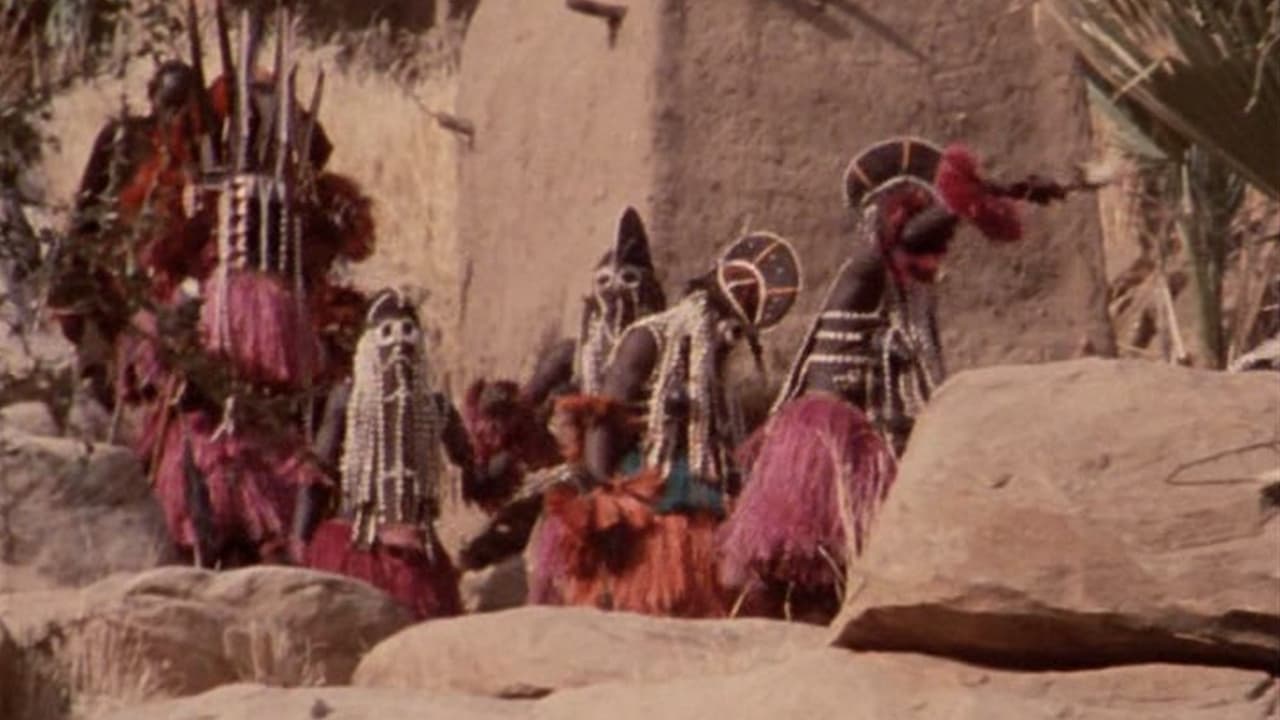The Tribal Eye
(1975)Streaming Episode Guide

Miniseries
Across the Frontiers
Episode 7 - 7-08-1975
 8.3/10
8.3/10

Man Blong Custom
Episode 6 - 7-01-1975
 8.3/10
8.3/10

Woven Gardens
Episode 5 - 6-24-1975
 8.3/10
8.3/10

Kingdom of Bronze
Episode 4 - 6-17-1975
 8/10
8/10

Sweat of the Sun
Episode 3 - 6-10-1975
 8.4/10
8.4/10

Crooked Beak of Heaven
Episode 2 - 6-03-1975
 8/10
8/10

Behind the Mask
Episode 1 - 5-27-1975
 8.1/10
8.1/10


Sweat of the Sun
Episode 3 - 6-10-1975
 8.4/10
8.4/10

Woven Gardens
Episode 5 - 6-24-1975
 8.3/10
8.3/10

Man Blong Custom
Episode 6 - 7-01-1975
 8.3/10
8.3/10

Across the Frontiers
Episode 7 - 7-08-1975
 8.3/10
8.3/10

Behind the Mask
Episode 1 - 5-27-1975
 8.1/10
8.1/10


